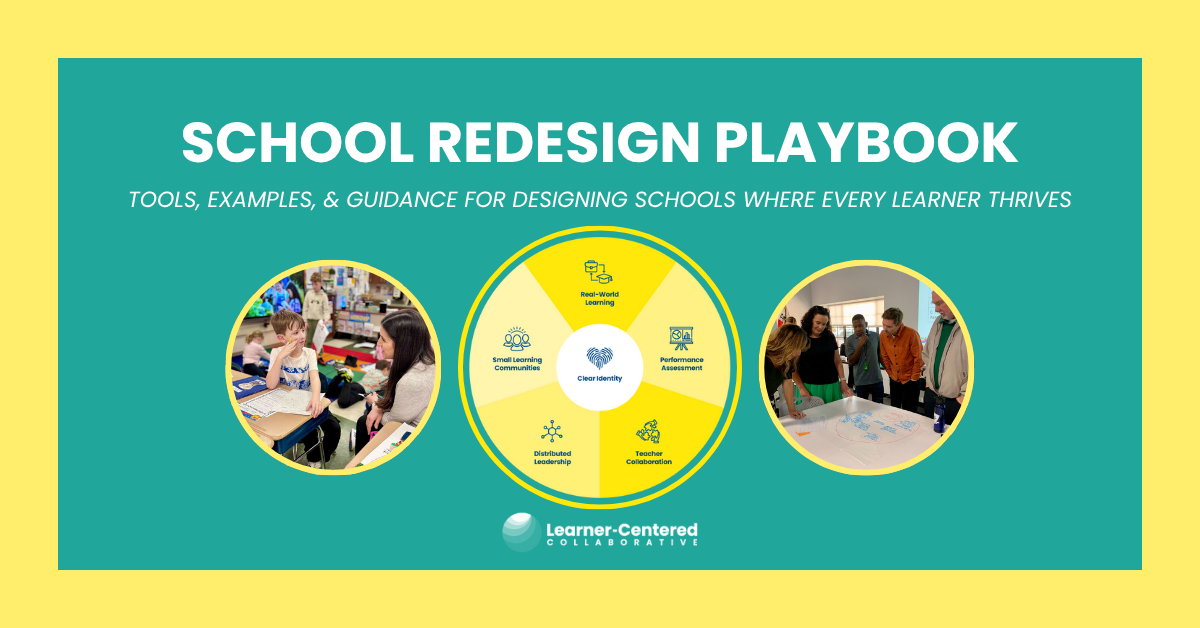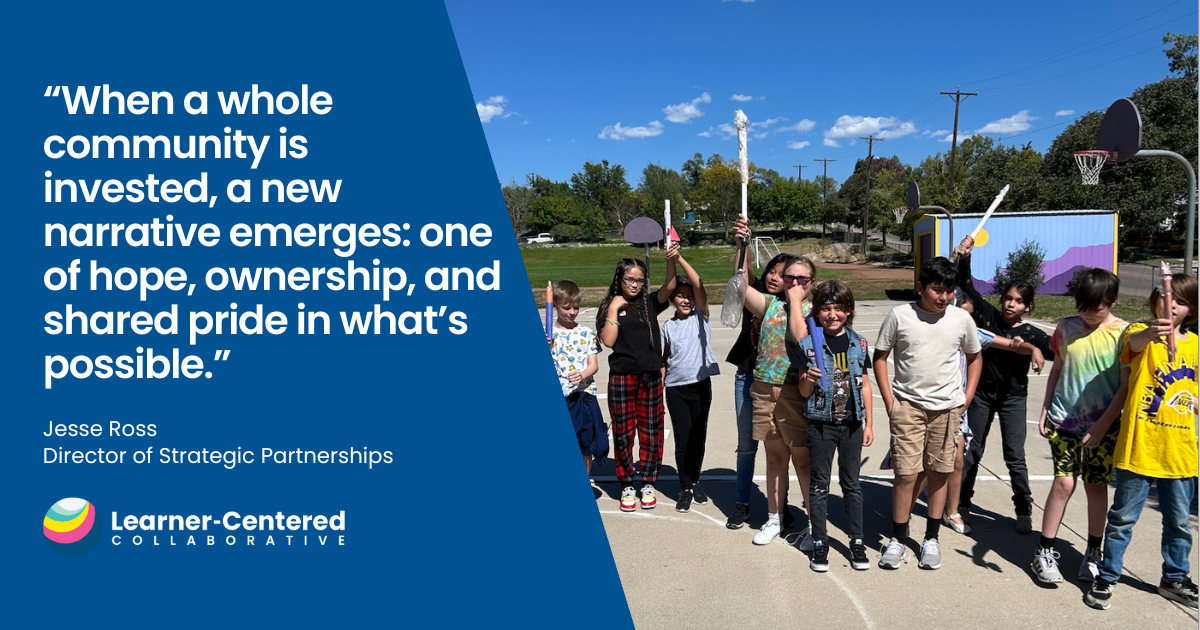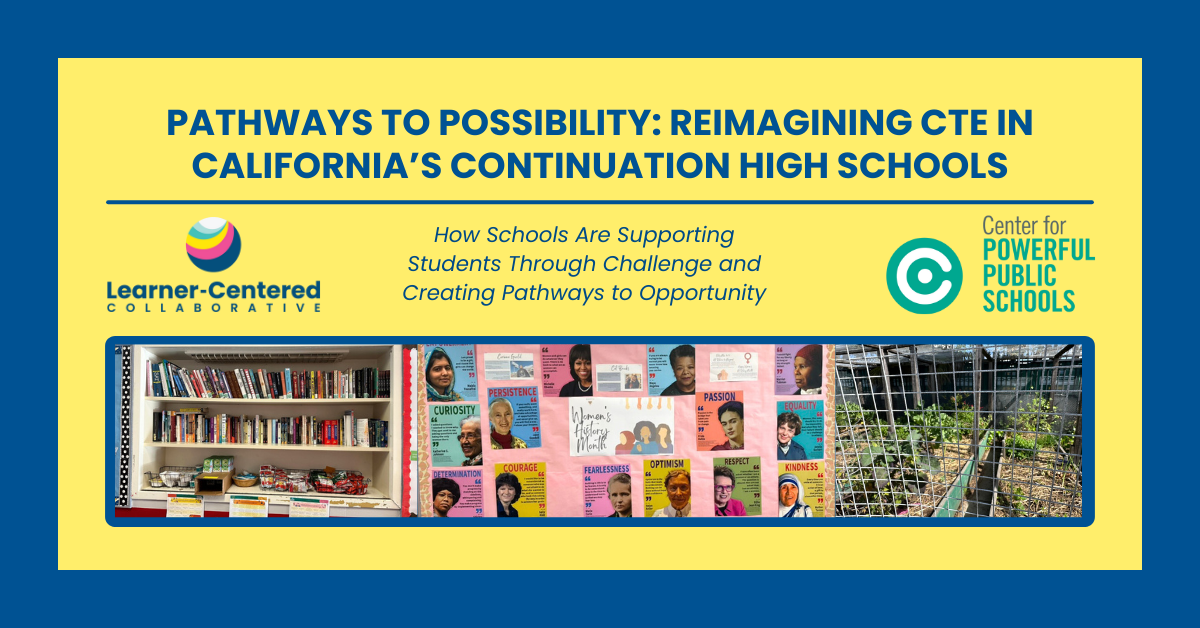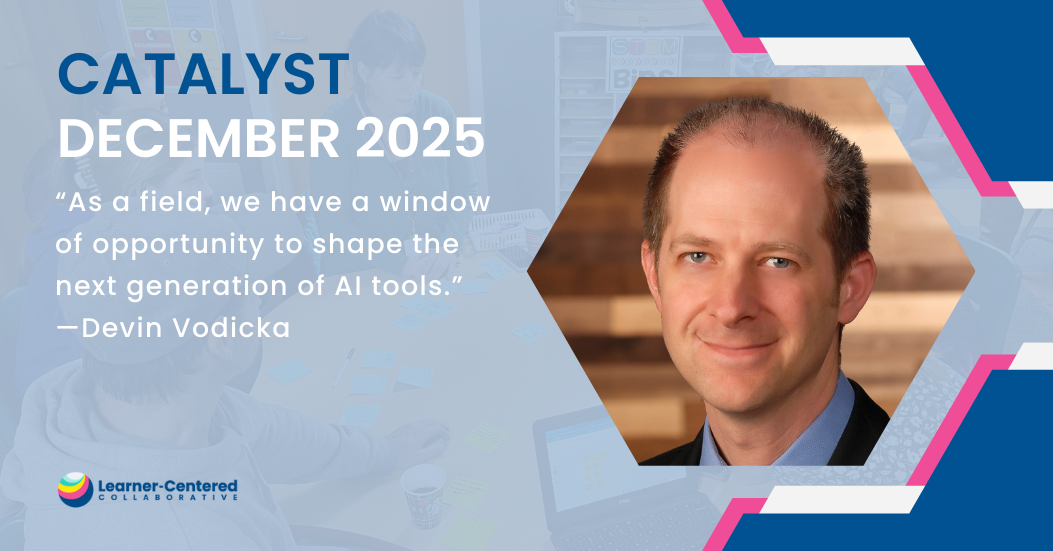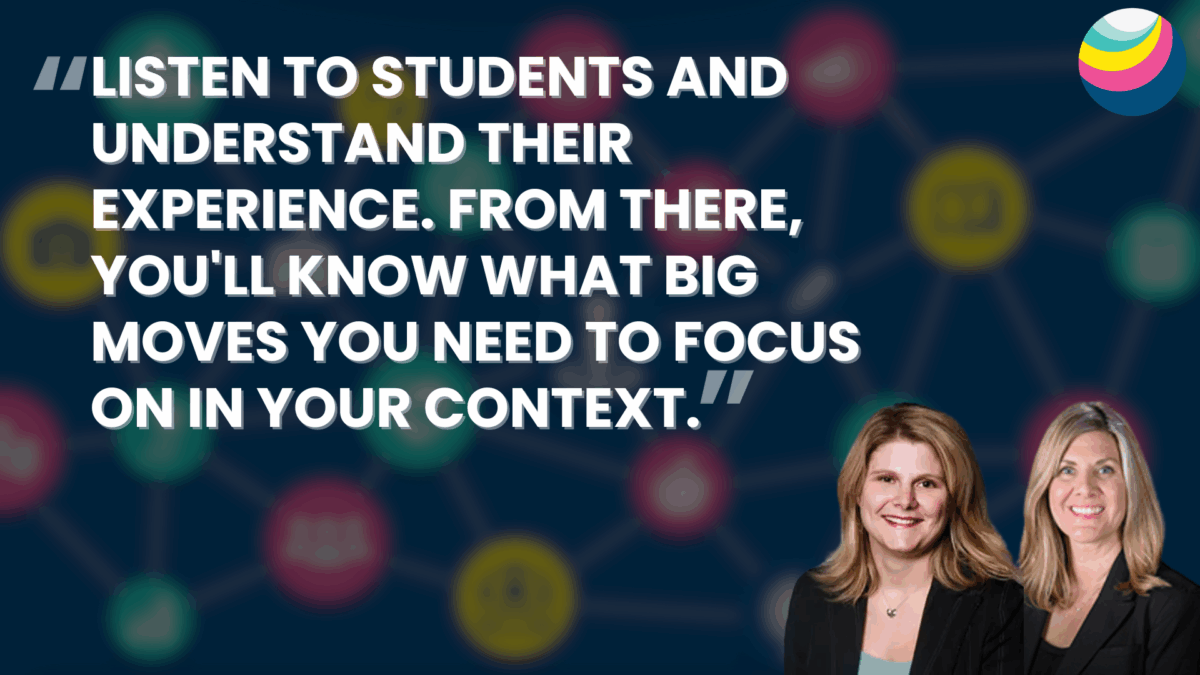The Learning Experience Design Cycle: A Compass for Designing Deeper Learning
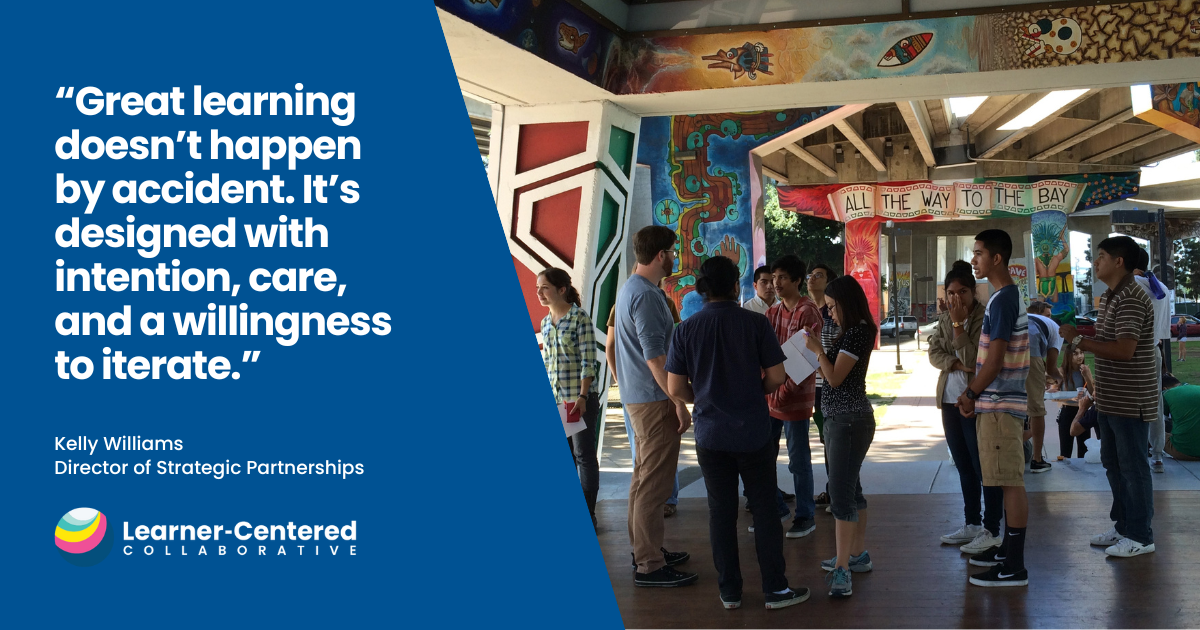
As an English teacher co-leading an interdisciplinary project with a science teacher, I had the privilege of working alongside high school seniors as they explored what it truly means to survive. We called it the Science of Survival.
Over the course of the project, learners read stories of survival in fiction and nonfiction, interviewed survivors in their communities, and wrestled with the essential questions: What does it mean to be a survivor? Who are you when faced with death? Who do you become?
As educators, we crave those moments when learning feels fully alive – when learners are engaged, curious, and creating work that reflects both head and heart. But we also know how complex it is to make that happen. Designing learning that is personalized, authentic, and competency-based within a learner-centered environment requires time, creativity, and intention. It’s not easy work.
That’s where the Learning Experience Design Cycle comes in. It offers a clear, flexible compass to help us navigate the messy, iterative, and rewarding process of designing for deeper learning.
The Six Phases of the Learning Experience Design Cycle

Each phase of the Learning Experience Design Cycle supports deep, meaningful learning. Inspired by frameworks from PBLWorks, Building 21, and reDesign, it helps educators weave together authentic, personalized, and competency-based learning. Whether designing a mini-lesson, a multi-day unit, or a months-long project, the six phases offer a shared language and a clear, purposeful path forward.
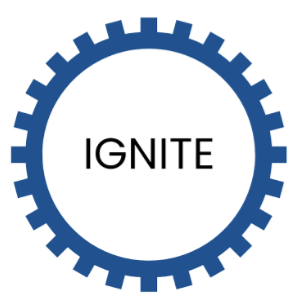 Ignite Phase: Spark Curiosity and Build Purpose
Ignite Phase: Spark Curiosity and Build Purpose
Every powerful learning experience begins with a spark, something that ignites curiosity and connects the work to something deeper. When I launched the Science of Survival project, I wanted my learners to feel the weight of the questions we’d explore.
We began with a reflective journal prompt about times they’d faced uncertainty, fear, or struggle. Many shared powerful experiences: moving to a new country, navigating grief, standing up for themselves. That emotional connection led us to our essential questions and opened the door to rich conversations about trauma, resilience, and the human body under stress.
In your classroom, igniting learning might start with simple strategies that capture attention and spark curiosity, such as:
- A film clip or image that stirs emotion or raises questions
- A mystery box or object that invites wonder and inferences
- A community guest who shares real-world insights

Learners on a field trip showing how real-world experiences can spark curiosity
The key is to move beyond compliance and help learners see themselves in the work. When they understand why the learning matters and where they’re headed, they’re more likely to bring energy, ownership, and heart to the experience ahead.
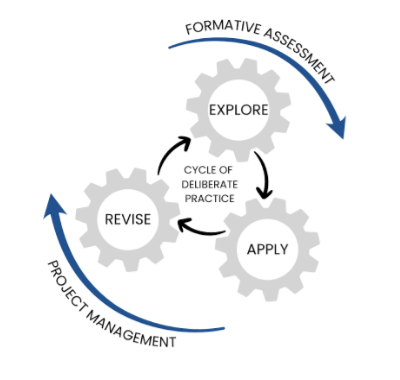 The Cycle of Deliberate Practice: Explore → Apply → Revise
The Cycle of Deliberate Practice: Explore → Apply → Revise
These next three phases form the heart of the learning experience. Together, they create an iterative cycle where learners build knowledge, create meaningful work, receive feedback, and revise with purpose.
At its core is formative assessment, which helps educators adjust instruction in real time and coach learners forward. For learners, it’s a chance to make their thinking visible and take ownership of their next steps. This cycle also develops essential project management skills, like time management, task prioritization, and goal setting, that mirror the demands of real-world work.
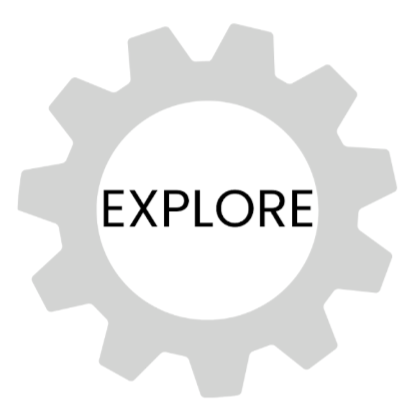 Explore: Investigate, Experience, and Discover
Explore: Investigate, Experience, and Discover
Once my learners connected personally to the essential questions, they were ready to dive into the complexity of survival. In pairs, learners interviewed someone who lived through a life-altering experience, then investigated the science behind that story in their science class, studying topics like the biology of tumor growth and electricity’s impact on the human body.
Their research became a bridge between the human experience and scientific understanding. My role was to scaffold without limiting: curating resources, offering tools to organize thinking, and creating space for their own questions to guide discovery.
Exploration doesn’t have to mean everyone watches the same documentary, reads the same article, or sits through a PowerPoint presentation. Instead, it can start with simple, curiosity-driven experiences that allow learners to construct understanding for themselves. The goal is to shift from delivering content to designing for inquiry and agency.
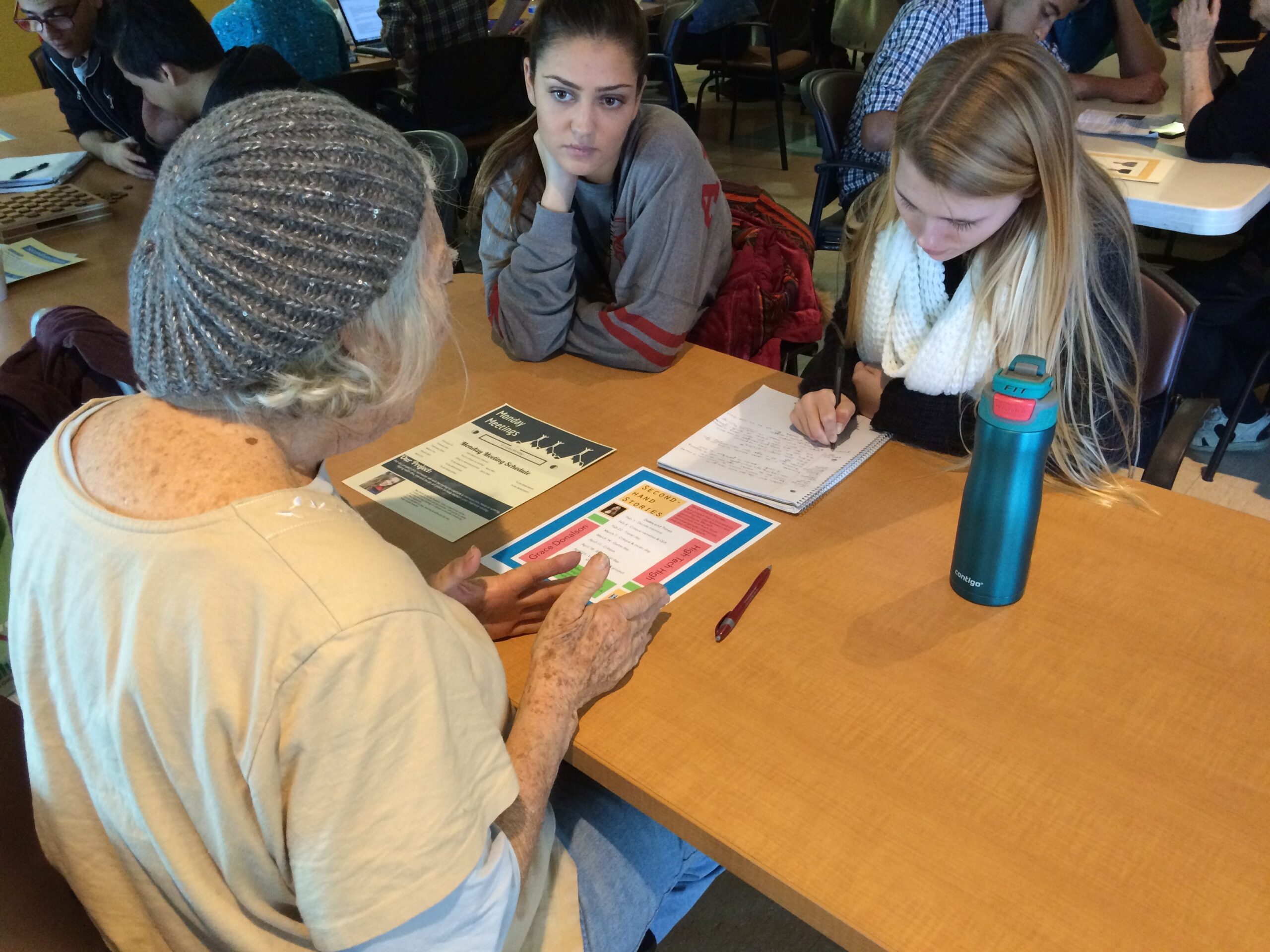
Learners interview others to explore lived experiences and build empathy through real-world insight
Here are a few strategies to support meaningful exploration:
- Offer a playlist for learners to work through at their own pace
- Take learners into the real world for a field experience
- Provide a curated set of resources for learners to explore in stations
- Leverage cooperative learning strategies
Provide structure, but leave room for choice. Welcome unplanned questions, and trust that when learners explore something they care about, engagement deepens and learning sticks.
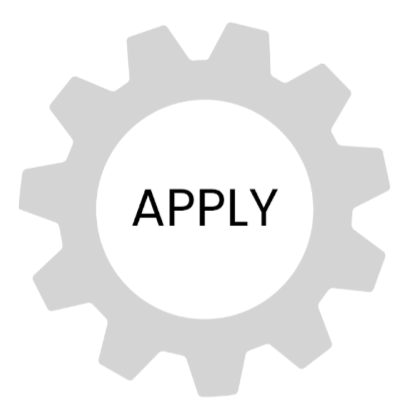 Apply: Make Learning Visible
Apply: Make Learning Visible
After weeks of investigating survival through scientific and human lenses, learners were ready to turn their discoveries into something meaningful. The Apply Phase is where learning becomes visible: knowledge is synthesized, skills are activated, and ideas take form.
In the Science of Survival project, learners worked in pairs to create two major products: literary journalism articles combining survivor interviews with research, and animated videos developed with their science teacher to illustrate the stories and explain the science behind them. Collaboration was essential, not only to manage the workload, but to elevate the quality of the final products. Working in pairs helped learners build on each other’s strengths, give feedback, and refine their thinking together.
In your classroom, consider what your learners can create, not just complete. What might they design, produce, or perform to show what they know, how they think, and why it matters? And how might the task itself call for collaboration?
Here are a few ways to bring this to life:
- Offer a choice board filled with options of products learners can create to demonstrate their understanding
- Create group roles that are authentic and meaningful to the task
The key is to center learners as creators, offering choice, connecting tasks to purpose, and giving them space to apply their learning in relevant, empowering ways.
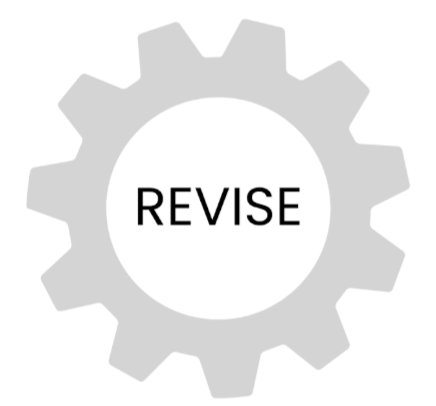 Revise: Get Feedback, Reflect, and Improve
Revise: Get Feedback, Reflect, and Improve
By the time learners drafted their survivor stories and created animation storyboards, they had already invested a lot, but the Revise Phase allowed us to slow down, reflect, and strengthen the work.
In critique circles, learners shared writing excerpts and early animation drafts, offering and receiving constructive feedback. Rubrics guided self-assessment and goal setting, and learners tracked changes between drafts, sometimes revising a line, other times reworking entire sections to add clarity and depth.

Learners share their work with community members to receive authentic feedback and make meaningful revisions that strengthen their final product
In your classroom, shift the focus from red pens and comment boxes to feedback that deepens thinking. Make reflection a regular rhythm, not a one-time event. When revision is normalized as part of learning, it builds persistence, precision, and self-awareness. With time, tools, and support, learners don’t just improve their work. They grow in confidence and capacity.
Here are a few strategies to bring this phase to life:
- Use a feedback protocol like the TAG Protocol: Tell something you like, Ask a question, Give a suggestion
- Have learners set a revision goal before peer review
- Make growth visible by having learners document “before” and “after” versions
- Invite learners to reflect on how their thinking evolved between drafts
Feedback is essential to the Design Cycle Process, and we want you to feel prepared to provide it. Our feedback protocol tool will help you get started.
 Share: Communicate Learning and Celebrate Growth
Share: Communicate Learning and Celebrate Growth
When it came time to share their final work, pressing ‘submit’ wasn’t enough. My learners poured themselves into this project, and their work deserved to be seen. So, we transformed our classroom into an exhibition space: survivor interviews displayed on easels in the hallway, chairs arranged theater-style for animation screenings, and magazines filled with published student work were available for guests to read.
It felt nothing like a classroom; it felt like an experience. Survivors, families, staff, and community members filled the room. As the animations played, the atmosphere shifted. There were tears, laughter, and a deep sense that every draft and every revision was worth it.

Learners present their work to an authentic audience during an Exhibition of Learning, showcasing their learning journey
This is the power of the Share Phase – not just showcasing final products but celebrating learning as a journey and inviting others into that journey. When learners present to authentic audiences, the task transforms: they’re not just turning something in, they’re putting something out into the world. And, most importantly, they feel seen, not just for what they created, but for who they became in the process.
Here are a few small, meaningful ways to bring this to life:
- Invite another class to a gallery walk
- Have learners share work with families through video reflections
- Publish work on a class website or hallway display
What matters most is creating space for learners to share with purpose and pride.
Projects like this are truly learner-centered and one-of-a-kind. For insights on keeping humanity at the center of assessments, listen to our podcast episode with Buffy Cushman-Patz.
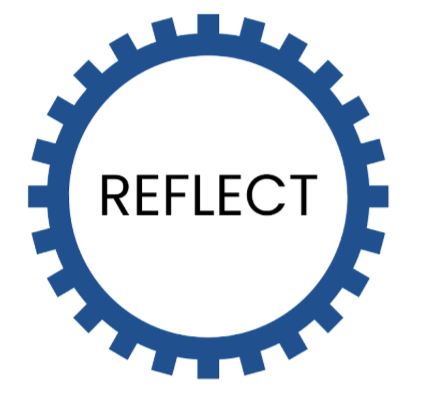 Reflect: Revisit Purpose and Look Ahead
Reflect: Revisit Purpose and Look Ahead
The final phase is the Reflect Phase, a moment for learners to pause, look back, and recognize how far they’ve come. After our exhibition, I gave learners time to reflect, not just on their final products, but on the journey that brought them there. They wrote about what surprised them, what challenged them, and where they grew most.
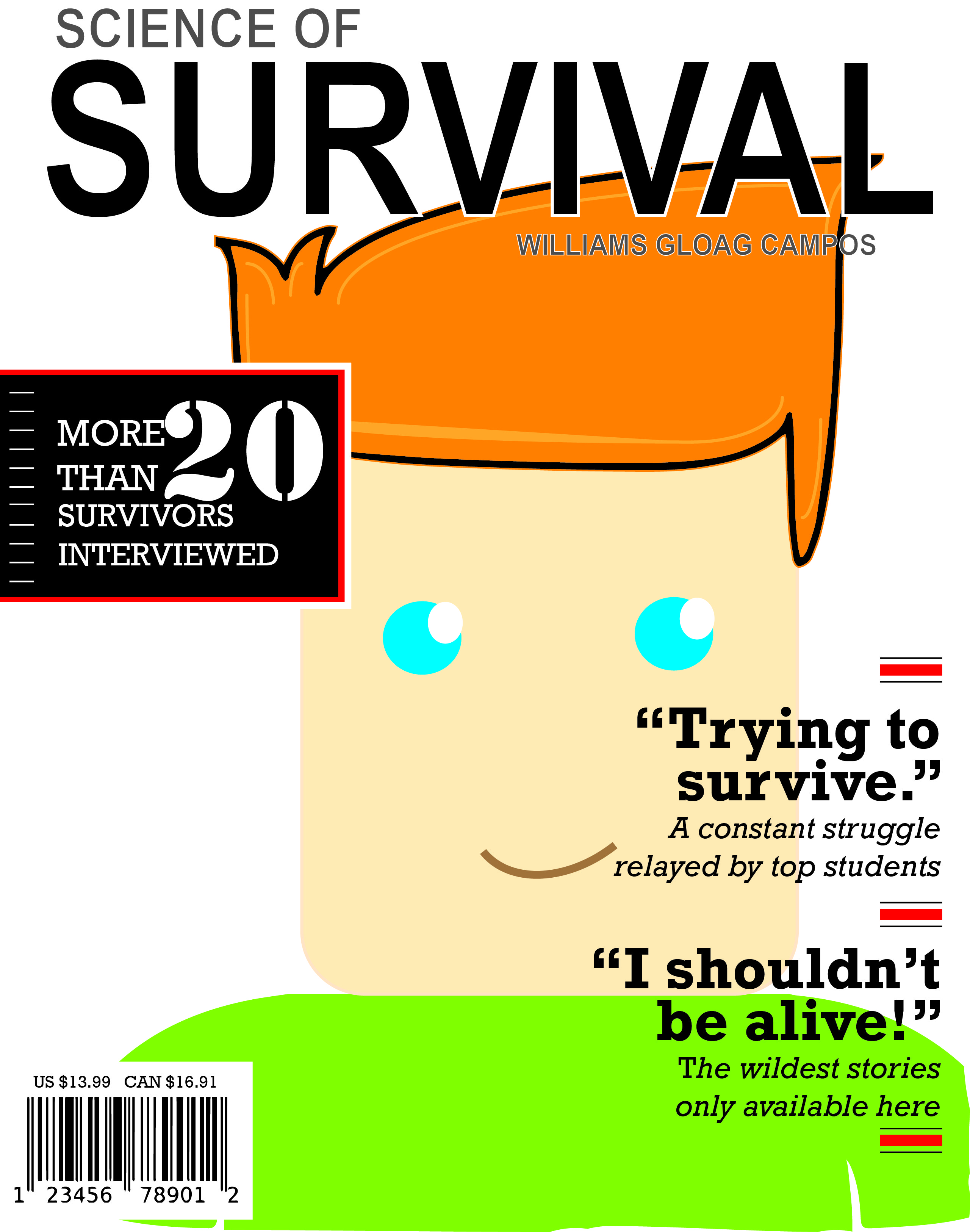
This magazine, created by learners for the Science of Survival project, features all of the interview write-ups, original artwork, and literary journalism articles
Reflection doesn’t need to be complicated. It can take the form of journals, voice memos, class conversations, or quiet freewrites. What matters is giving learners time to process their experience and consider how they’ll carry it forward.
You might ask:
- What surprised you?
- Where did you grow the most?
- What would you do differently next time?
- How will you use this learning in your life — in college, your career, or your community?
Reflection closes the loop on one experience and opens the door to the next. When learners see their growth, they gain confidence, and when we make space for that, we affirm that the process and who they’re becoming matter just as much as the final product.
Grading deeply personal, learner-centered projects like this can feel daunting. Take a look at our Competency-Based Reporting Playbook for some guidance.
Coming Full Circle: Why the Cycle Matters
When I think back to the night of our Science of Survival exhibition, I remember standing in the back of the room watching my learners present their work with pride. They weren’t just showing projects. They were telling stories, honoring voices, and explaining the science that made those stories possible.
That project followed every phase of the Learning Experience Design Cycle, from igniting curiosity to sharing work and reflecting on growth, and reminded me what’s possible when learning is designed with intention.
The design cycle is not just a planning tool; it’s a compass for navigating the complex, creative work of teaching. It helps us design experiences that are personalized, authentic, competency-based, and grounded in a learner-centered community. No matter your role, subject, or teaching experience, the Learning Experience Design Cycle offers a path forward – one that brings learning fully alive.
If you liked this article and you want to learn more, we recommend our competency-based, personalized, and authentic courses for a dive deeper into the learning design cycle and how you can leverage it in your classroom to cultivate a learner-centered environment where all learners thrive.

